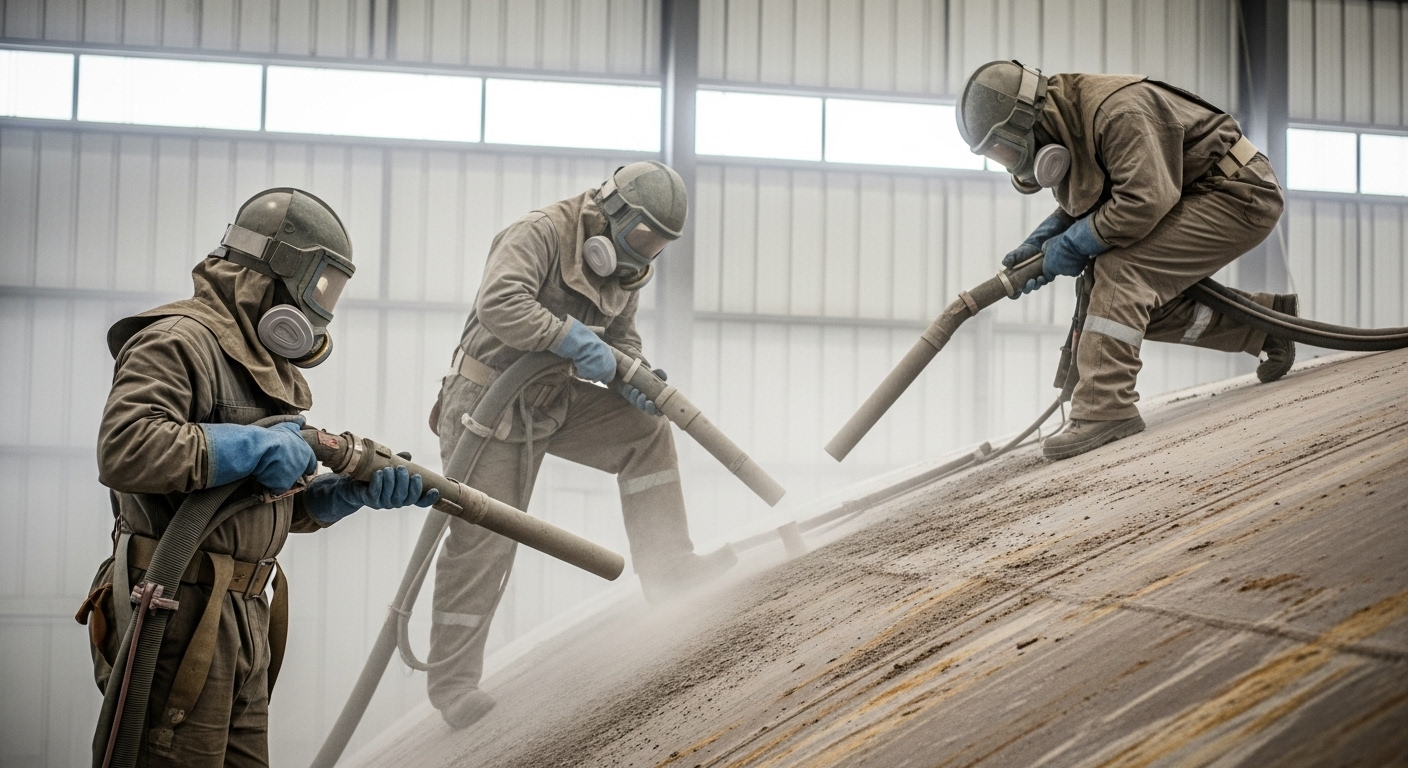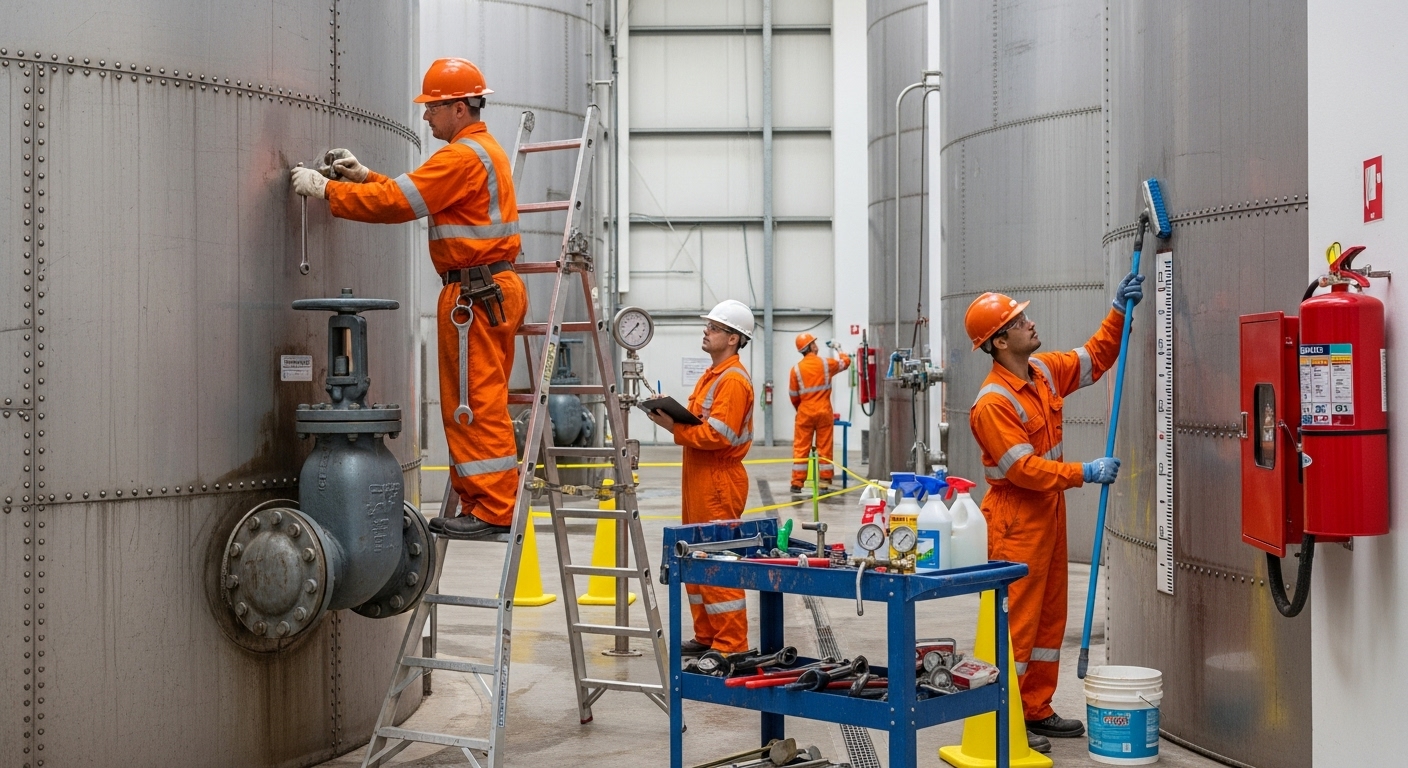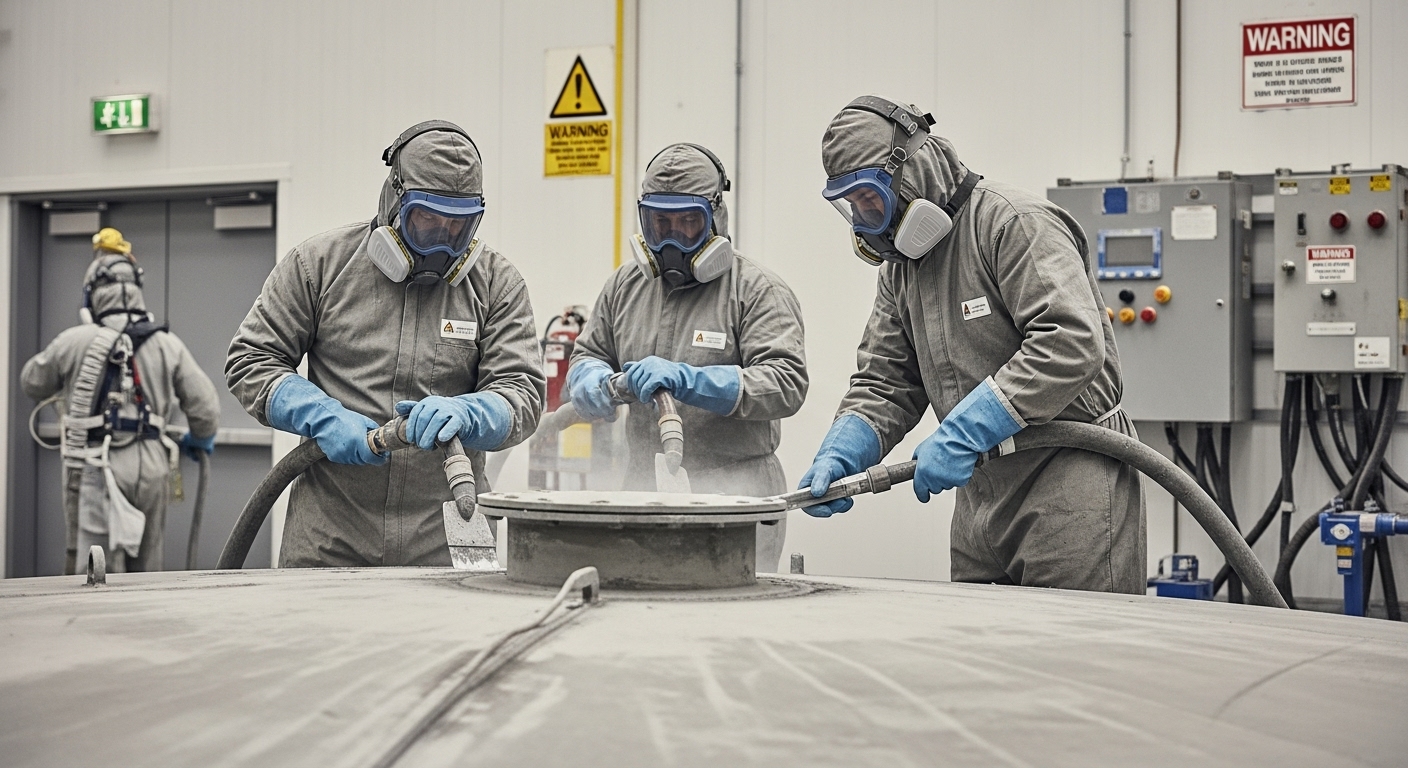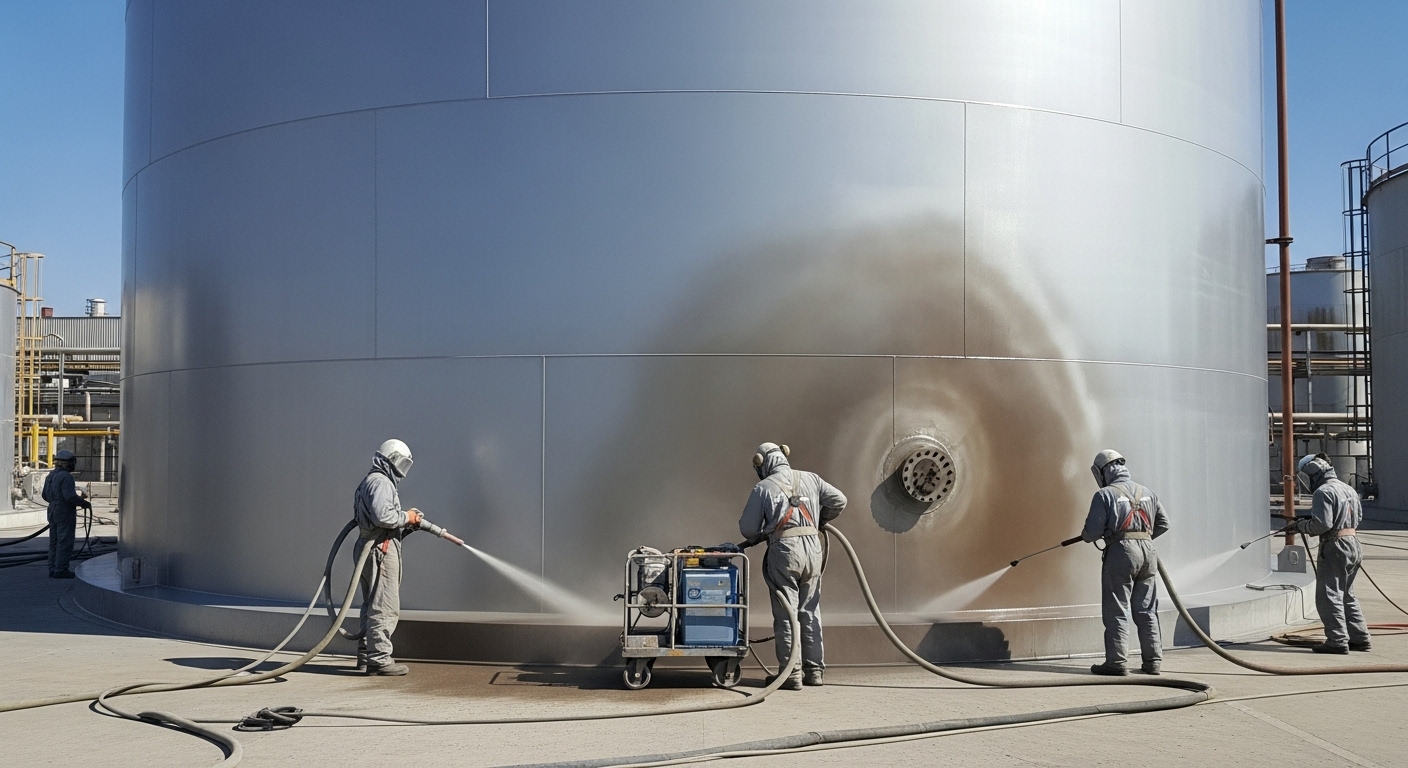When people think of water infrastructure, they often picture a tall water tower rising above a town or a massive storage tank sitting at ground level. Both play vital roles in delivering clean, safe water to communities, yet maintaining them is not a one-size-fits-all job. Painting these structures is about more than appearance—it’s about safety, longevity, and performance.
The truth is, water tower painting contractors face entirely different challenges compared to those handling tanks on the ground. Each structure comes with unique requirements, from coatings and surface prep to safety regulations and maintenance cycles. If you’re a municipality, industrial facility, or commercial property manager, understanding these differences helps you make smarter decisions when planning your next project.
In this guide, we’ll break down the key contrasts between painting water towers and water tanks, so you’ll know exactly what to expect and how to protect your investment.
Why Water Tower Painting Contractors Face Different Demands Than Tank Crews
Water towers aren’t just bigger—they’re more complex. Their height creates elevated inspection challenges, making access and safety the first priorities before any brush touches metal. Contractors working on these towering structures must follow strict tower safety requirements, often involving cranes, lifts, and advanced rigging.
Unlike ground tanks, towers are constantly exposed to wind shear and harsh UV, which accelerates coating breakdown. This makes the choice of paint and protective layers even more critical. Many crews rely on elevated storage painting techniques designed specifically for high structures.
On the other hand, ground tanks allow easier staging, but they require careful attention to interior coatings because they typically hold larger water volumes for longer periods. That’s why water tower painting contractors must be specialists in both safety and coating performance—two areas where shortcuts simply aren’t an option.
How Elevated Water Tank Painting Differs from Ground Storage Tank Coating
Here’s the thing: the physical structure dictates the process. Elevated water tank painting focuses on height and exposure. Crews use scaffolding and harnesses, while ensuring containment systems prevent paint or debris from falling into neighborhoods below. Because towers are highly visible landmarks, aesthetics matter too. Municipalities often request logos, colors, or branding as part of the project.
Meanwhile, ground storage tank coating is less about visibility and more about durability. These tanks need chemical resistant tank coatings inside, especially if the facility handles industrial or municipal water treatment. Interior linings such as NSF approved tank coatings or food grade tank paint protect potable water safety while resisting corrosion.
So while both projects involve cleaning, blasting, and coatings, the tank’s position—skyline vs. ground level—completely changes the approach. And yes, both demand strict inspection before coating to verify conditions are safe and surface prep has been properly completed.
Understanding Water Tower Maintenance Versus Tank Upkeep
Every structure has a maintenance schedule impact that influences cost and lifespan. With water towers, exterior coatings degrade faster because of constant sun and wind exposure. That means more frequent touch-ups and periodic over coating. Towers also require specialized maintenance needs, such as ladder inspections, safety rail checks, and lightning protection upkeep.
Water tower maintenance also extends to visibility—fading or peeling paint on a tower is noticed by the whole community, which can pressure municipalities to act quickly.
Tanks at ground level, however, age differently. Their greatest risk lies inside. Lining systems protect against rust, bacteria growth, and leaks. Skipping routine inspection could compromise water safety. That’s why operators often use potable water safe coatings or anti-corrosion coating systems that extend lifespan and reduce risk of contamination.
Overcoming Tower Painting Challenges and Structural Risks
Painting a massive water tower is not for the faint of heart. The tower painting challenges begin before the project even starts. Crews must handle logistics like traffic control, crane access, and weather windows that allow safe climbing and blasting. Strong winds can delay progress, making schedules unpredictable.
Contractors also face compliance requirements. Municipal water tower services involve adhering to EPA, OSHA, and local safety codes that regulate containment, disposal, and worker protection. Beyond that, commercial tower painting projects often have design requirements that blend with local skylines.
Ground tanks bring a different set of obstacles. The size of the storage facility means more surface area for blasting and coating, increasing time and labor. Plus, interior lining often requires confined space entry, demanding ventilation systems and extra precautions. In short, towers and tanks both bring challenges—but of very different kinds.
Making The Right Choice for Your Water Tower or Tank Painting Project
A water tower and a storage tank might seem like variations of the same structure. But when it comes to painting and maintenance, the differences are significant. Towers present risks tied to height, safety, and community visibility, while tanks demand careful interior protection to maintain water quality.
Both require professionals who understand surface preparation requirements, coating technology, and long-term planning. The right contractor isn’t just a painter—they’re a partner ensuring your system stays reliable for decades. From water tower refurbishment to storage facility coating, every detail matters, because these structures aren’t just assets—they’re lifelines for the communities they serve.
If you’re considering a project, don’t leave it to chance. Get Expert Advice for Your Specific Structure and protect your investment with proven solutions built for your tower or tank.







